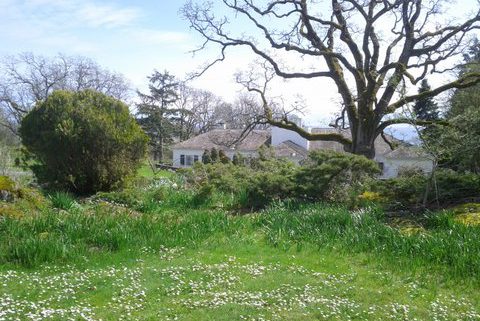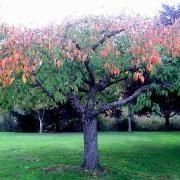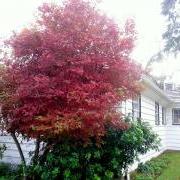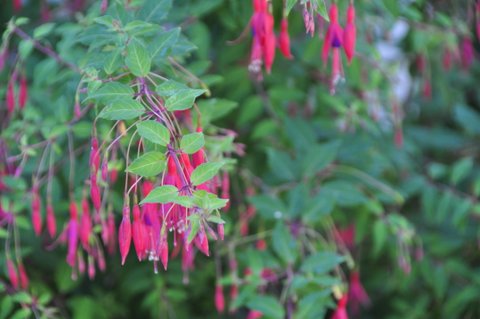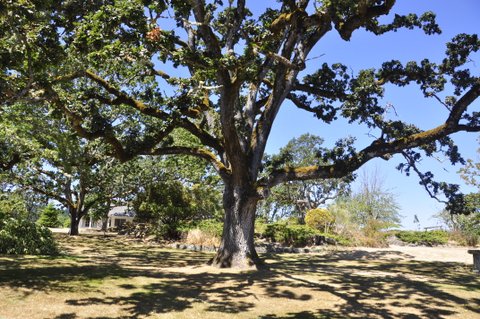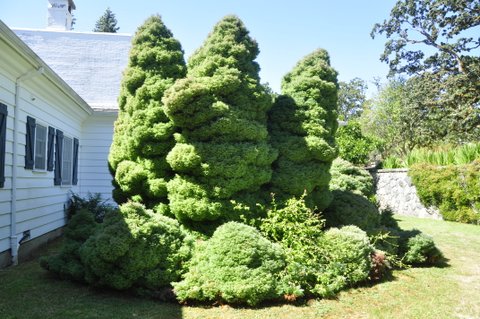When K talks about ‘choiceless awareness’ without the observer, it seems to imply the existence of an observer who chooses. But is there really choice at all? What Does Quantum Theory Tell us About Free Will? by Chris Fields, November 1, 2014 One often hears that quantum theory saves free will from classical Newtonian or even Darwinian determinism. Investigating such claims, however, quickly gets complicated. Pure “unitary” or “minimal” quantum theory postulates fully deterministic dynamics, but only probabilistic outcomes for observations. Some interpretations of quantum theory – mostly traceable to John von Neumann, inventor of today’s most popular computer architecture – modify pure quantum theory by assuming that observations disrupt the otherwise-deterministic dynamics in a non-deterministic way. Some physicists, whether they agree with von Neumann about observations changing the dynamics or not, insist that observers “choose” what to observe, so all “observations” require free will. Others picture a universe in everything, including observations, “just happens” while still others insist that, in an important sense, nothing happens. So what’s the right answer? Does quantum theory save free will or not? In 2006, John Conway and Simon Kochen published a “free will theorem” that showed, subject to assumptions from special relativity and pure quantum theory, that if the actions of an observer are not determined by the events in her past, then the behavior of whatever she’s observing cannot be determined by the events in its past either. They are perfectly up-front about what this means: if anyone anywhere has free will, then so do elementary particles, or as Conway and Kochen put it, “fundamental particles are continually making their own decisions .” The Conway-Kochen theorem saves free will, but it’s clearly a double-edged sword. If everything has free will, then free will isn’t special – having free will is no big deal. So let’s look a little closer at what the theorem means. In special relativity, the “past” of something includes all events that could affect that something with a causal influence traveling no faster than light. The “past” of an observer is, therefore, everything that the observer could obtain any information about, even in principle. But this too is a double-edged sword, since it means that an observer never knows what’s happening now. Light travels 186,000 miles per second, so can get from anywhere on Earth to you in half the time it takes you to become conscious of something happening, but your consciousness is still grasping what just happened, not what’s happening now. Do we loose any free will due to what’s happening now? Does an electron? Quantum theory advises caution here. In pure quantum theory, at any rate, the physical state of the entire universe evolves as one. In pure quantum theory, everything is entangled, and entanglement is not causality, it’s connectedness. This connectedness has nothing to do with the speed of light: both you and the electron are connected with the whole rest of the universe now. What you’re doing, and what the electron is doing – in fact, what every individual thing is doing – is just what the whole universe is doing, right now. The Conway-Kochen theorem limits the deterministic effects of your individual past, but if everything is connected, your individual past doesn’t matter. What matters is the past of the whole universe, and the past of the whole universe includes everything. So the Conway-Kochen theorem is no protection: if everything is connected, you don’t have free will after all. Nothing has free will. But wait a minute. Maybe no individual thing has free will, but nothing says the whole universe can’t have free will. That works with both the Conway-Kochen theorem and the idea of universal connectedness. Maybe the right answer is not that every thing has free will, or that no thing has free will, but rather that everything – the whole totally-connected universe – has free will. Now that, you might say, is not what we were after. The universe could have free will back in the old, deterministic Newtonian world! It’s individual free will that counts. The Conway-Kochen theorem saved it, but then universal connectedness took it away. What goes? What happened to the idea that quantum theory is better than classical determinism? Let’s back up any try again. In pure quantum theory, the universe evolves as one. The “as one” here is serious: if you take away even one electron, things are different. Being part of a totally-connected universe doesn’t mean that what you do is determined by this part or that part, it only means that what you do is determined by what the whole universe is doing. So the situation is actually better than the Conway-Kochen theorem; it’s not just that your past does not determine your future, no part of the past, even one much larger than just yours, determines your future. Only the entire past of the whole universe determines your future, and neither you nor any other observer can observe the entire past, even in principle. So no one, even if they could look at the whole rest of the universe, can predict your future. This is, moreover, not true just of you, but also of electrons. No observer, even if they can look at the whole rest of the universe, can predict the behavior of just one electron. Is a future that no observer, no matter how large or powerful, can predict as good as free will? Is it even distinguishable from free will? If even the behavior of electrons is unpredictable in principle, do these questions even matter?

